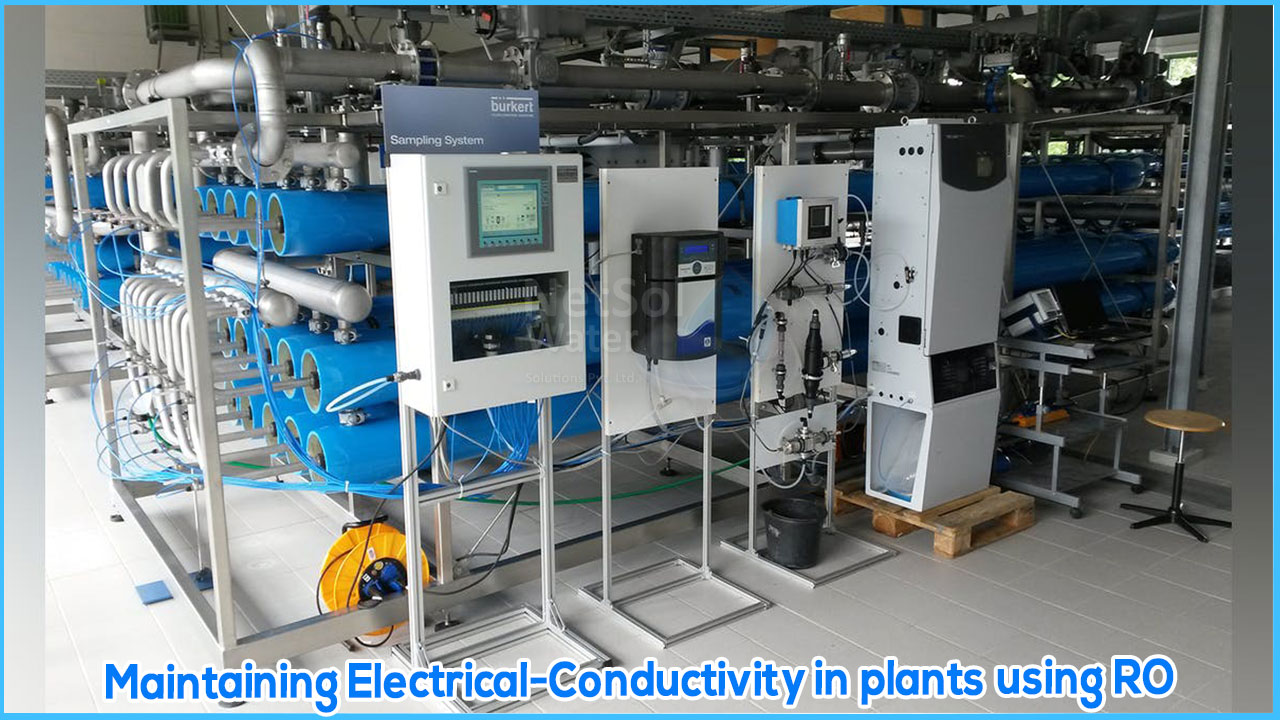WHAT DOES EC IN PLANTS MEANS?
The EC measures a compound's ability to conduct electricity based on the number of mineral salts dissolved in it. Controlling the EC (electro-conductivity) of water is therefore a critical consideration for every grower or gardener.
Conductivity measurements are used to control dissolved content in various liquids in a variety of industrial and environmental applications. They're also frequently employed in a variety of industries, including water quality control, boiler water, hospitals, and other industries that rely on water quality.
ADVANTAGES OF LOWERING THE EC FROM WATER
- Always be aware of which additives will be used and in what quantities.
- We'll boost the plant's bioavailability, which will boost fertiliser efficiency and allow them to be absorbed more effectively.
- Organic fertilisers, microbial life, and beneficial microbes should all be protected, maintained, and improved.
- We will have more control over the necessary amounts if we wish to make a calcium and magnesium base water with an EC of 0.3-0.4.
- It enables us to predict the likely symptoms of nutrient deficits and/or excesses in our plants.
- It aids in the protection of the roots by strengthening the immune system against pests and diseases.
- It aids in pH stabilisation.
- Increase productivity and advance collection time.
WHAT DOES TAP WATER CONTAIN?
Tap water contains a variety of elements, mineral salts, heavy metals (lead, zinc, boron), and various compounds, including chlorine; if the plumbing system is ancient, it is also likely to have residues of deposited lime or oxides, as well as sediments. Chlorine is used to destroy a wide range of germs, fungi, bacteria, and diseases, as well as to prevent mould from growing in stagnant water. It's just as vital to remove chlorine from water as it is to lower the EC.
Why shouldn't all growers and gardeners pay attention to water quality if corporations and multinationals do?
FUNDAMENTAL DIFFERENCE BETWEEN HARD WATER AND SOFT WATER
We distinguish between soft and hard water based on the concentration of mineral salts dissolved in the water. The fundamental distinction between soft and hard water is that the latter contains a higher proportion of dissolved calcium ions (Ca2+) and magnesium ions (Mg2+).Because not all places employ the same water treatment processes, we will have access to one sort of water or another depending on where we are in the world. Furthermore, throughout the summer, general temperature increases encourage the proliferation and reproduction of fungi, parasites, and microorganisms, resulting in increased chlorine dosages in the drinking water system.
HOW IS THE MEASUREMENT OF EC DONE?
There are various types of EC measuring instruments available in the market, with a wide variety of prices, all of which are valid and functioning. There are also those that do many activities as well as continuously measure pH and temperature (so-called combinations), which are required for usage with various hydroponic techniques.
CONCLUSION
Pure water can be obtained usingcustomized NETSOL Water reverse osmosis system, which eliminates chlorine and helps cut EC by up to 95% by removing mineral salts, heavy metals, herbicides, pesticides, and sediments. We also provide a variety of ultra-pure water options, which are suitable for small and medium growers looking for clean, high-quality water.




